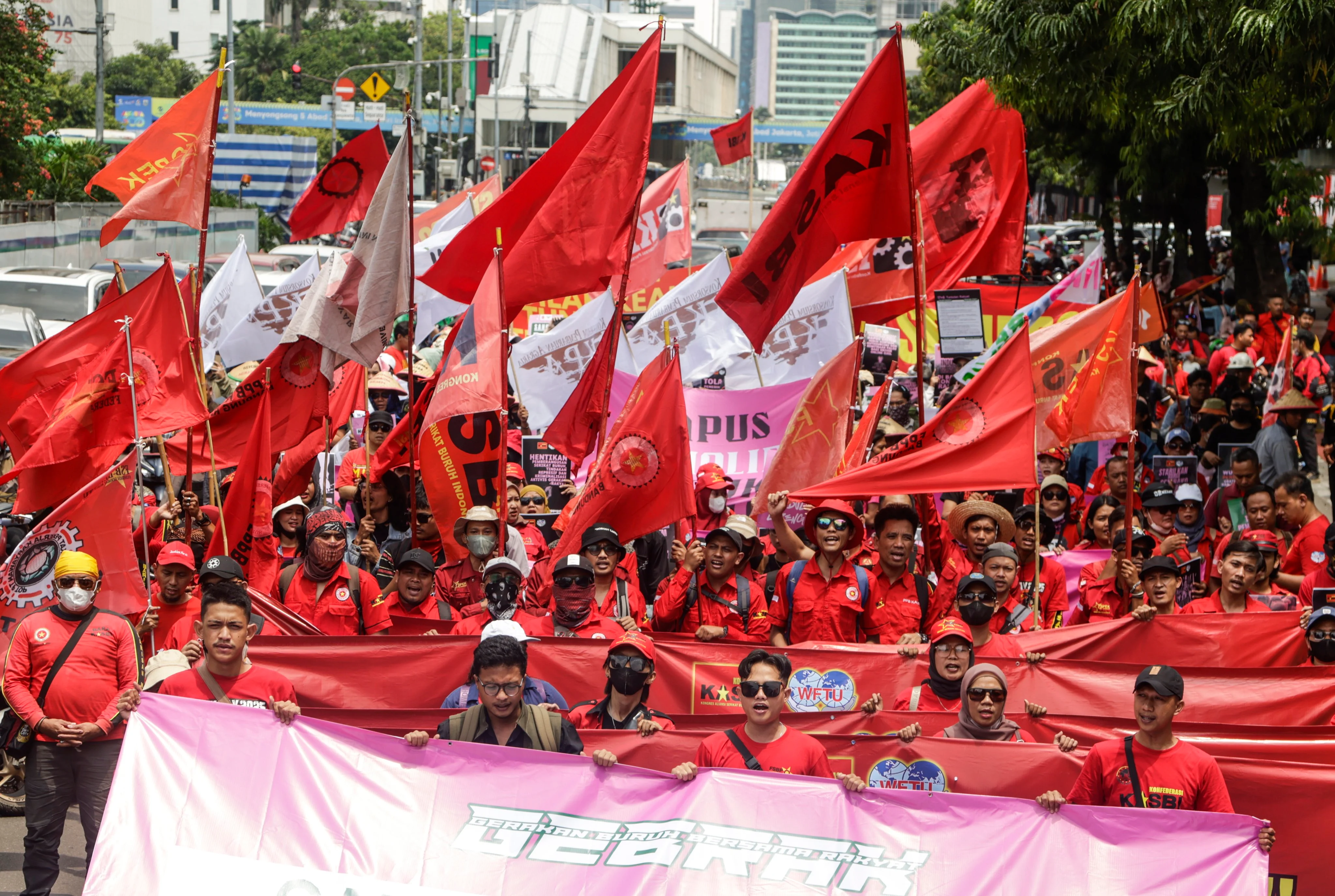By Eric Frank
Copyright computerworld

Rather than defaulting to tools that promote isolation, Fisher suggests exploring a new crop of AI products designed to foster human connection. She cites Boardy, Series, and Climb Together as promising examples.
Still, the greatest responsibility may fall on individual employees. Fisher encourages a mindset of active growth and engagement.
“Every time I’m leaning on AI, I should also be looking for thought partnership with my colleagues and extended networks and building new connections,” she says.
Kirill Perevozchikov, CEO of White Label PR, a public relations agency focused on gaming and entertainment, offers an anecdotal example. Although his firm is remote-first, he believes in-person communications are becoming even more critical in the wake of genAI.
To build and maintain relationships, his team prioritizes meeting journalists in person at industry conferences and events. “It’s really important to see journalists face-to-face, so they will see that the person behind the emails that they’re getting is not an AI. It’s actually a real human being and you can have a beer with them,” he says.
The illusion of progress
LLMs may also create false expectations around pace and progress, according to Binny Gill, the founder and CEO of business process automation vendor Kognitos.
While traditional engineering workflows are primarily linear, Gill says, genAI offers a rapid initial acceleration that can give the impression that a task is nearly complete, pushing employees to move ahead prematurely.
“And while you do that, AI goes and messes up something that it had already done in the past. And then it’s like, ‘When will I ever go to 100?’ You take one step forward, two steps back. Then I’m struggling, struggling, struggling,” he says. To Gill, this frustration is the source of prompt fatigue.
To address this problem, Gill encourages his developers to “trust but verify.” Rather than assigning a sprawling, monolithic deliverable like a finished app or report, he advises breaking it down into smaller components that can be validated incrementally.
“If you break it down but let the AI do it, then frustration does not happen as much,” he says, because each component can be vetted — and fixed if needed — without affecting other components.
Some best practices mirror how humans solve problems. When people are stuck on a difficult task, they often benefit from taking a break or sleeping on it. Gill recommends taking a similar approach with genAI: open a new chat window, keep the previous work for reference, and let the model reprocess the project with a fresh context.
“AI now starts understanding the project all over again from scratch, [so you can] say, ‘Describe it to me.’ And while it’s describing it as if it were looking at it for the first time, it can notice certain issues,” he says.
In some cases, even that may not resolve the issue. Gill suggests switching between models, such as moving from Claude to Gemini Pro, because each model “thinks” differently.
“What one model cannot solve, the other can solve. Even with humans, we do that. If one human cannot [solve a problem], go talk to somebody else, and maybe you’ll get an idea,” he says.
Gartner’s McEwan believes that these best practices should not only be taught in classroom settings but also reinforced through on-the-job training and coaching.
“This is where the value of more experienced employees comes in: Being able to engage those employees to coach junior employees around some of the outputs, and check their work for accuracy — that’s going to involve more hands-on coaching than just sitting in a classroom,” McEwan says.
Leading through the genAI transition
Beyond individual adaptation, companies ultimately bear the greatest responsibility for addressing AI-related challenges. Forrester’s Joseph emphasizes that a deeper organizational mindset shift is essential.
“A lot of organizations try to put productivity metrics around what is essentially psychological transformation. Unless it is actually dealt with at an organizational as well as individual level — as a psychological change as well as a structural change — it’s not going to work,” he says.
Using developers as an example, Joseph notes that many have shifted from traditional integrated development environments (IDEs) to AI-assisted development tools.
“Are there enough internal team-level conversations and knowledge sharing about how that process is going, not just from a mechanics point of view, but also what toll it is taking on people’s engagement with their job?” he says, emphasizing the need to recognize and learn from those who successfully integrate AI tools into their workflows.
The AI model vendors also share responsibility. Gill warns that many are overpromising functionality that doesn’t hold up in real-world use. “There is a lot of smoke and mirrors in the market right now,” he says, referring to ‘AI-washing,’ where polished demos don’t translate to working solutions in production.
He draws a parallel to the early automotive industry. “My advice to most AI companies is don’t go for self-driving on day one. Go with like a steering wheel with a little bit of cruise control… Let humans build the trust for AI and give them the ability to do little by little over time.”
White Label PR’s Perevozchikov offers an alternative approach to AI software procurement: his company is tool-agnostic, allowing employees to use AI tools that work best for them, starting with a trial period.
“They will decide if they want to stick with it or not. So this is interesting because the employee can try different tools, and then decide what works best for them. Then we just approve this as a company expense and they just continue using it,” he says.
This continuous testing creates a show-and-tell dynamic at the company during team calls.
“‘Hey, this is some cool stuff I found. Let’s talk about it. Let’s share the best practices,’” he says.
Taking a broader view, Perevozchikov sees prompt fatigue as an extension of Zoom fatigue and other strains tied to remote work.
“Looking at this broadly as a problem of people being stuck in front of the computer is really helpful. Anything that can get them out in nature, we should encourage. Having new tools that are better is great, but just going outside and touching the grass is really important,” he says.



